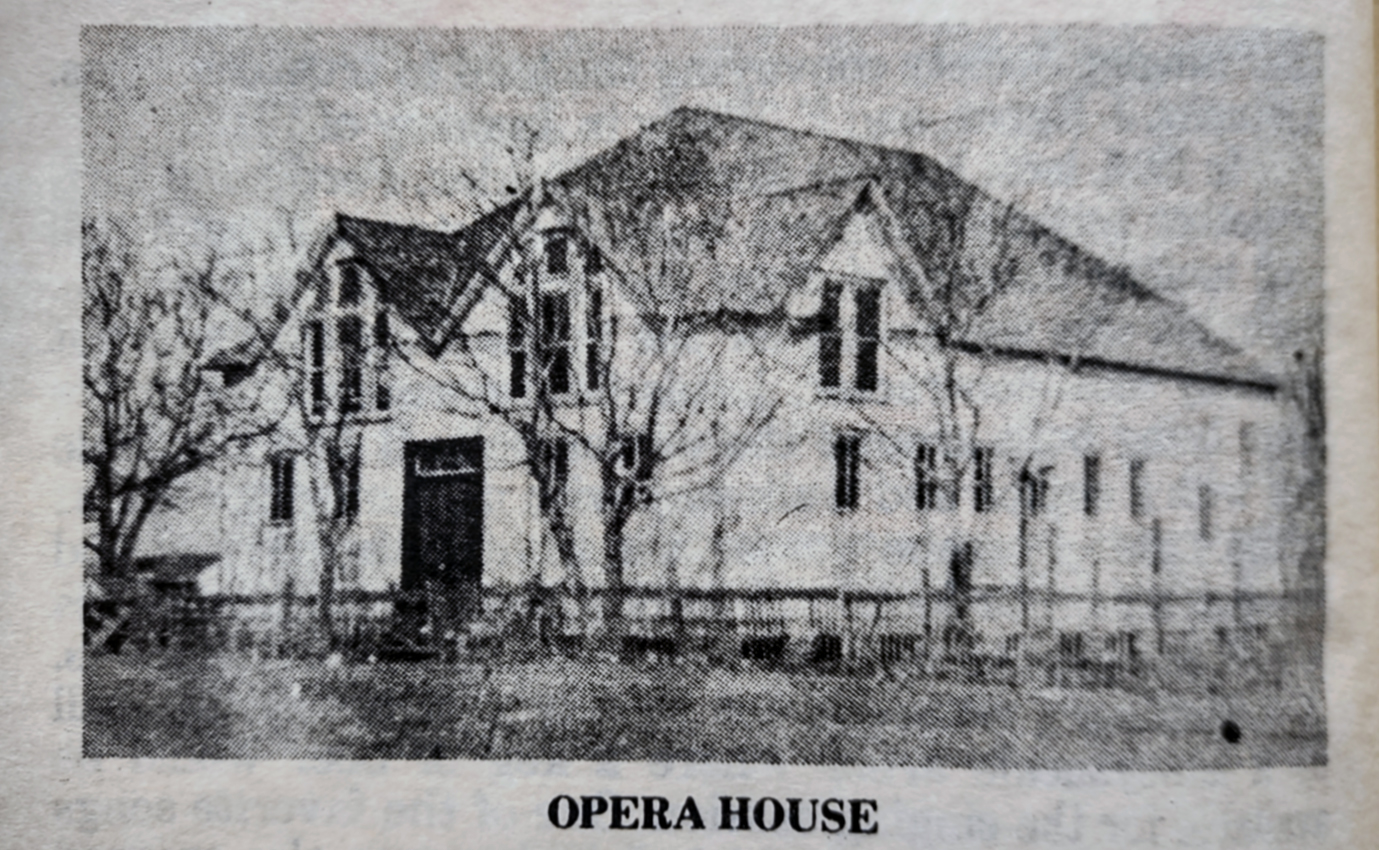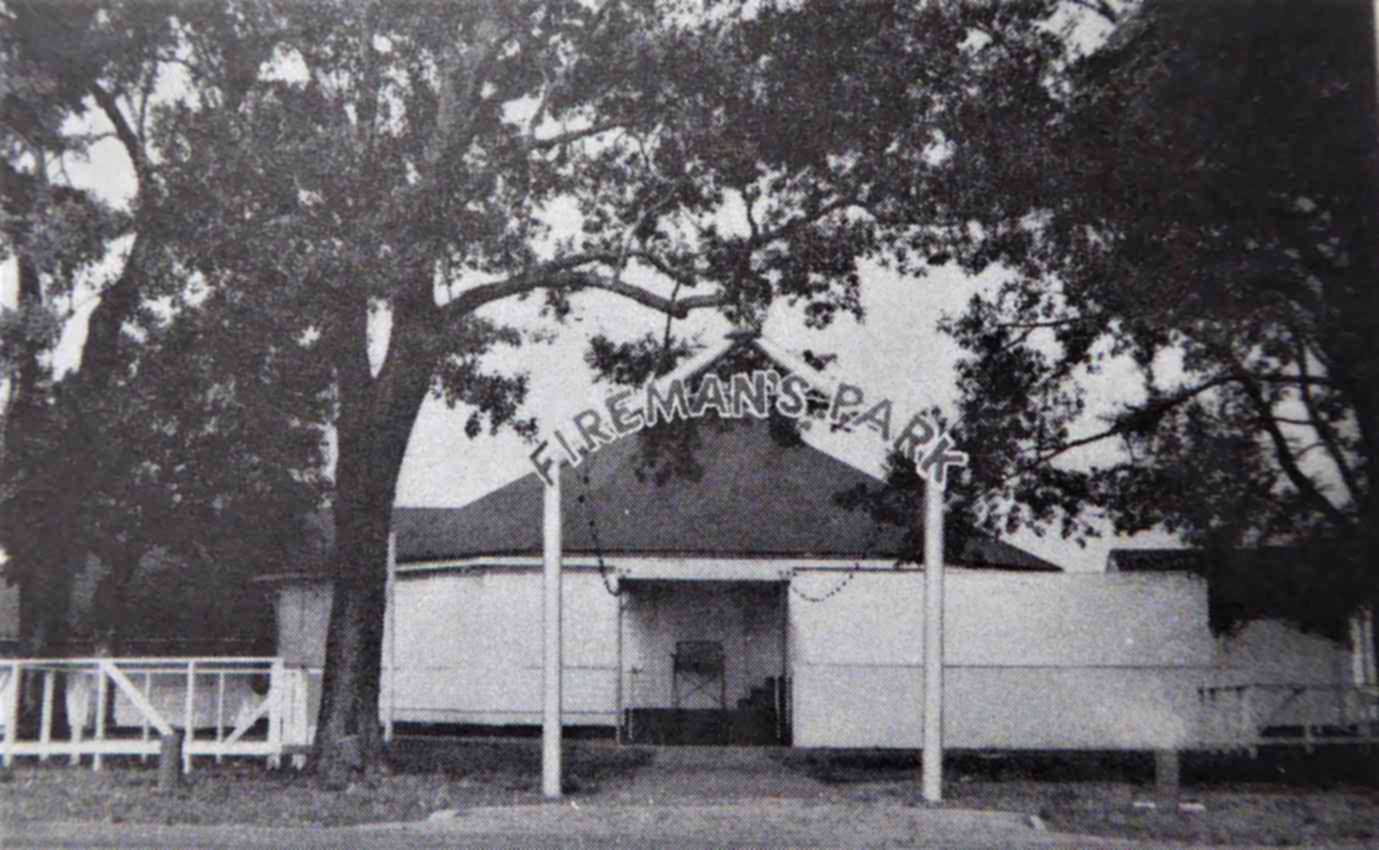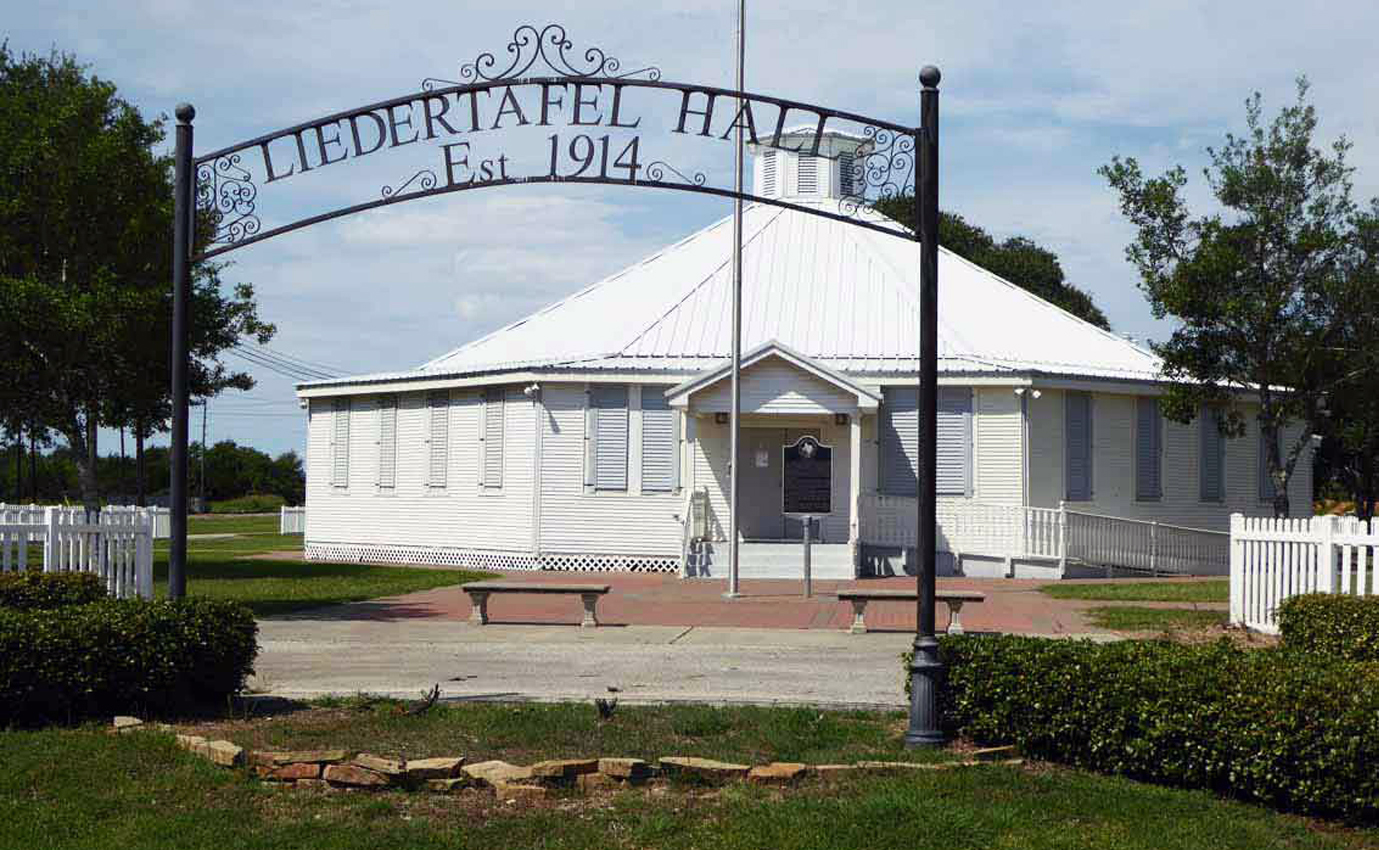Come Visit The Historical Dance Halls Of Sealy, TX
American Legion Hall
As early as 1922, a number of ex-servicemen banded together, calling themselves Legionnaires. This action as recognized by the Department Headquarters in Austin and a Department Chaplain was directed to Sealy to help organize a post. It was January 13, 1930 when Chaplain Clark called a meeting at the Central Power & Light Company office, and by January 23, 1930 a permanent charter for the Sealy American Legion Post #442 was granted. L. L. Bender served as the first commander, holding that position for some eight years. The post was incorporated on May 29, 1939.
The Legionnaires used the “Sealy Liedertafel Hall” for their many activities and celebrations prior to 1934, at which time they purchased property from Ed Beckmann on what was called the outskirts of town. Though the cooperation of the membership and assistance of local citizens, they were able to build a hall. The lumber and materials were furnished by Meloneck Lumber Company and was constructed by local builder, Albert Thomsen and helpers. This hall was used for meetings, dancing and other community affairs, even as a skating rink for a period of time. Some two years after completion, State Highway 36 was completed past this point, thus linking various other communities to this area.
Several years later, the group was no longer able to maintain the hall and it was closed. After W.W. II, young veterans from the years of 1945-46 started a process to reopen the hall and make improvements. Air-conditioning was added and a kitchen and dining room were built in 1953. Cement picnic tables and a game stand were added; however, the game stand was soon enclosed and used as a meeting room and for small socials. Renovations of the hall inside began in 1979 by adding acoustic ceiling tile, new lighting, paneling, bar facilities and a wheel chair ramp.
Location: 1630 Meyer Street (Hwy 36 South)
Sealy, TX
American Legion Hall


Sealy Knights of Columbus Hall
The Sealy Council No. 3313, Knights of Columbus was instituted on June 4, 1950 with eighty-four members from the area churches of Sts. Peter & Paul of Bellville, St. Mary’s of Frydek, St. Bart’s of Katy and Immaculate Conception of Sealy. Katy and Bellville have since formed their own group. After the death of its first Chaplain, Father Crann (1953), the name was changed to Father Crann Council No 3313.
In 1959 a charter was obtained by the membership of the Father Crann Council under the name of “The Sealy Columbus Club”. By 1960 they purchased ten acres of land on the west side of the city at Highway 90 and Shadowlake Drive. In the spring of 1968, construction began on a 100’ x 75’ metallic building (7,500 Sq. ft.) and was completed for the May 25, 1969 dedication. The building was paneled and air-conditioned throughout the main hall, restrooms, bar and kitchen. An outside covered barbeque pit was also constructed at that time. Some years later the cement dance floor was covered with an oak floor.
The needs of the parish and community used this building to capacity and by 1985 plans were made to enlarge the hall. More than doubling the size of it, the new 8,100 sq. ft. addition enlarged the main dance hall area and a meeting room, office and additional restrooms were added. The existing baseball field was improved and lighted at this time. In 1992 a large covered cemented area was added to the grounds for additional outside activities.
The knights of Columbus Hall is considered to be one of the largest, most modern facilities in the county and is used for many dances, wedding receptions, reunions, polka fests and area fund-raising events.
Location: 1310 US-90
Sealy, TX
Sealy Knights of Columbus Hall
Sealy Firemen’s Hall (Liedertafel Hall)
Sometime in the late 1890’s a German Singing Club was formed by a group of jovial men that loved music and singing. Wm. Trenckman’s “History of Austin County-1898” tells of their hall but the location is not given. The singing clubs name, “Liedertafel” was suggested by the first secretary, Fritz Wildy.
Prior to the pavilion being built, meetings were held at the Ferdinand Lux home on the end of Main Street. Upon deciding to build a hall, Lux remembers the group walking into the corn field near the house and designating the location by placing a stake in the ground. The leader, Charles Loescher, then hit a hammer on the stake followed by each member doing so. He then said, “Let the little Lux by (Edwin) hit the stob too.” Owners of the property, Ferdinand Lux and F. Kinkler, Jr. sold the land to the “Liedertafel” Singing Society conveying the land to trustees, Chas. Krampitz, J. Egner and F. Wildy in January of 1913.
In 1914, local builder Marcus Kinkler, Ferdinand Lux and other society member built the octagon-shaped hall with lumber purchased from the Hackbarth Lumber Co. Six by six sills were used for the maple floor that was put down by local contractor, Louis Sommermeyer, with the stage being built around the center pole. It had a shingle roof with a cupola and walk-way with an American flag at its top. Later a gazebo was built in front of the pavilion and served as a popular location for speeches and political rallies as well as a popular spot for numerous brass band concerts.
Weather prevailing, the society met behind the hall by a honeysuckle arbor where a keg of beer would be available for the singing session. One of the favorite songs of the time was “Auch du Liebe”. This group also enjoyed playing the German card game “skat”.
At festival time, meat in large quantities was prepared in large open pits that had been dug in the ground. Chas. Amsler and Regenbrecht would barbecue the large hunks, turning the meat with a pitch fork. Lemonade was served for 5 cents and beer 20 cents a glass, with dance tickets costing 25 cents for gents and ladies free. Hamburgers were later served for 25 cents.
In 1945 the hall was sold for $3,000 to the Sealy Volunteer Fire Department. Additional buildings were added and a new oak floor was placed over the maple one. Many will remember this location as the place for dancing and frolicking at the many community affairs, but more especially at the annual “Firemen’s Frolic”. The building is now owned and available for rent through the city of Sealy.
Location: 116 Lux Road
Sealy, TX
Liedertafel - Marker No. 11967

Sealy Opera House
A spacious hall was erected by the German Woman’s Club (Frohsinn) in the year 1897. This hall, located at the corner of Hardeman and Sixth Streets, was called Sealy’s Opera House and was the social gathering place for the people of Sealy. The use of the hall was enjoyed only a short while before a great storm destroyed the building, leaving only the roof visible on a rubble of wood. It was not rebuilt.
The 1989 Sealy Weekly News stated that Sealy ad three lodge halls: The Sons of Hermann, a German Singing Club (Liedertafel) and the German Woman’s Club (Opera House).
Sealy Opera House
Club Rendezvous
The year was 1936 and State Highway 36 was completed through Sealy; some months later Leslie and Nettie Eber opened their very popular club on September 10, 1937. Tom Kveton was the builder and at that time the location was considered to be the outskirts of Sealy. When the new club needed a name, many local citizens offered the Ebers various ideas, but their final choice was the “Club Rendezvous,” a name suggested by Helen Powers. The 1939 Sealy News stated “it was Mr. Eber’s purpose to establish a nice, convenient eating and dancing spot for people of this section and that he rigidly enforced his rule of not allowing stags to enjoy the conveniences of the Club Room without being in a party.”
In December, 1939, the very brilliant neon lighting was added and by W.W II, the building was enlarged and it became the gathering and dance place of the area. It was during the 1970’s that the Ebers retired. The club then changed tenants several times before being sold and operated as a restaurant until 1993 when it was replace by what is now Tony’s Family Restaurant.
Former Location: 1629 Meyer (Hwy 36 South)
Sealy, TX
Club Rendezvous



